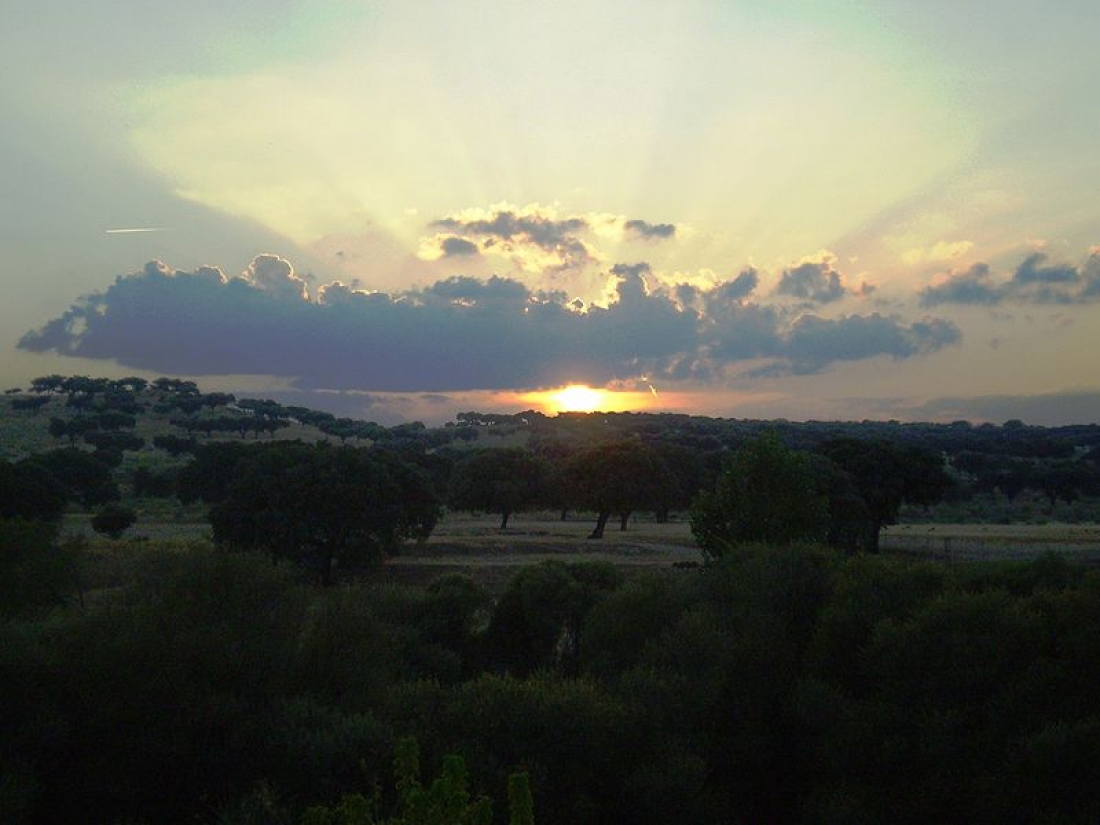If you plan to travel to Madrid, Spain in the coming months you have no doubt been very busy putting together an itinerary for your trip, mapping out the various destinations you’d like to visit during your holiday. As you make this list, hopefully you will reserve some time during your busy tour schedule to check out the area known as Monte de El Pardo. To help you better understand the significance and allure of this Madrid treasure, below we have provided an overview of Monte de El Pardo, including some key facts about its size, location and the many features that make this locale such a popular gathering place for locals and tourists alike.
Monte de El Pardo: An Overview
Monte de El Pardo is a Mediterranean forest located on the outskirts of Madrid, approximately 8 kilometers from the Puerta del Sol. It is by far the best preserved Mediterranean forest in Europe, and spreads out over a whopping 16,000 hectares (nearly 40 acres), a quarter of which is taken up by the capital. Unlike other areas of the city, most of which have been developed and redeveloped, Monte de El Pardo has undergone very little construction. Because of this, it makes for a perfect getaway—a quiet and serene locale for those looking to escape the noise and pollution of the busy city streets.
Monte de El Pardo is considered part of the Regional Park of the High Basin of the River Manzanares, spreading out from the Sierra Guadarrama Mountain Range to the center of Madrid, and protected by strong federal regulations. Due to the variety of game animals that have called Monte de El Pardo home since the Middle Ages, the forest has been used over the years as a hunting ground by the Spanish Royalty. Roughly 200 vertebrae species can be found in Monte de El Pardo, including red partridges, wild cats, deer, rabbits, squirrels and wild boars. These animals live among the 100+ species of natural flora, including many ilexes, cork oaks, ash trees, black poplars, junipers and rockroses.
Aside from being one of the most ideal natural landscapes in Europe, Monte de El Pardo is also well-known for its artistic heritage. In 1405, Henry III of Castile, a hunting enthusiast, ordered the construction of royal quarters in the forest. Given its proximity to Madrid, this palace would later become an important setting for courtly and political Spanish life over the centuries. Charles V, Philip II and Philip III also contributed in the development and embellishment of the palace—a palace that can now be viewed and explored by tourists visiting the area. It houses many renowned works of art, including paintings by Gasper Becerra, Carducho and Cabrera; tapestries from the Royal Factory based on models by the artists Bayeu, Castillo and Goya; a delicate portrait of Queen Elizabeth, the Catholic Monarch, painted by Juan de Flandes; and gorgeous examples of contemporary and period furniture.
An interesting fact pertaining to the Monte de El Pardo is the role it played in the 18th century during the reign of the Bourbon monarchs. At that time, a decision was made by the Royal Family to live in a different residence for each season of the year to underline the continuity of the Spanish monarchy over the centuries. Monte de El Pardo was chosen as the residence during the Epiphany to Easter, a time during which they would hunt nearly every day of the week.
Other important sites in Monte de El Pardo include:
- La Casita del Principe. This leisure house located near the El Pardo palace was once occupied by Charles IV and his wife Maria Luisa de Parma during the reign of Their father/father-in-law, Charles III.
- La Quinta del Duque de Arco. Built in 1717, this farm estate was bought by the Duke of Arco in order to be nearer to the King. On it, he planted vines and olive trees and ordered Claude Truchet to build a monumental garden. After the Duke passed away in 1745, his widow donated the estate to King Philip V and his wife, Queen Isabel de Farnesio.
Last but not certainly not least is the El Pardo Capuchin Convent. Known in English as the Convent of Our Lady of Angels, it was founded in the early 17th century as ordered by King Philip III. It houses an impressive collection of Baroque art, including canvases by José de Ribera, Bartolomé González and Lucas Jordán, and two beautifully detailed sculptures: la Divina Pastora by Mariano Bellver and A Reclining Christ by Gregorio Fernández.



